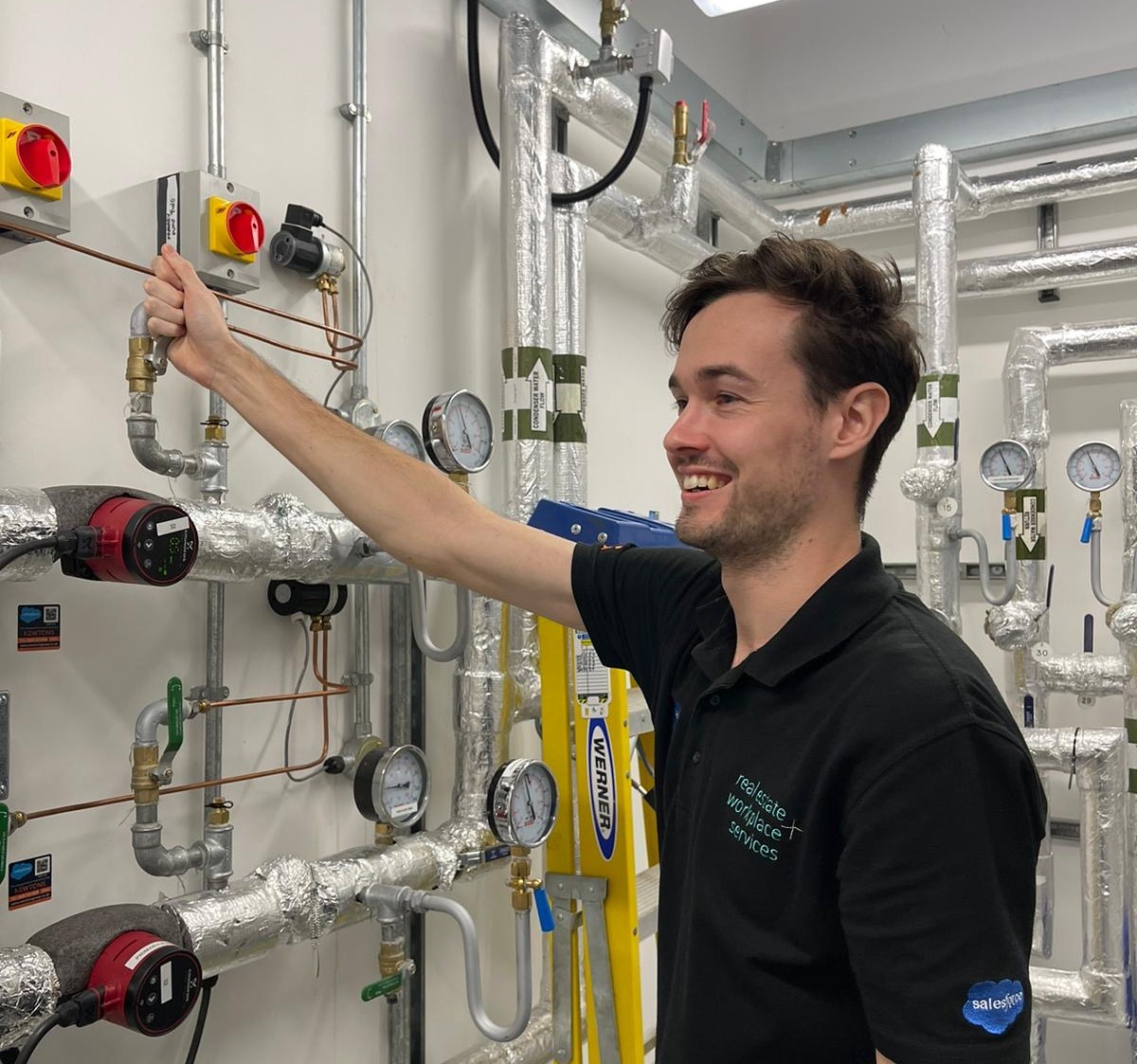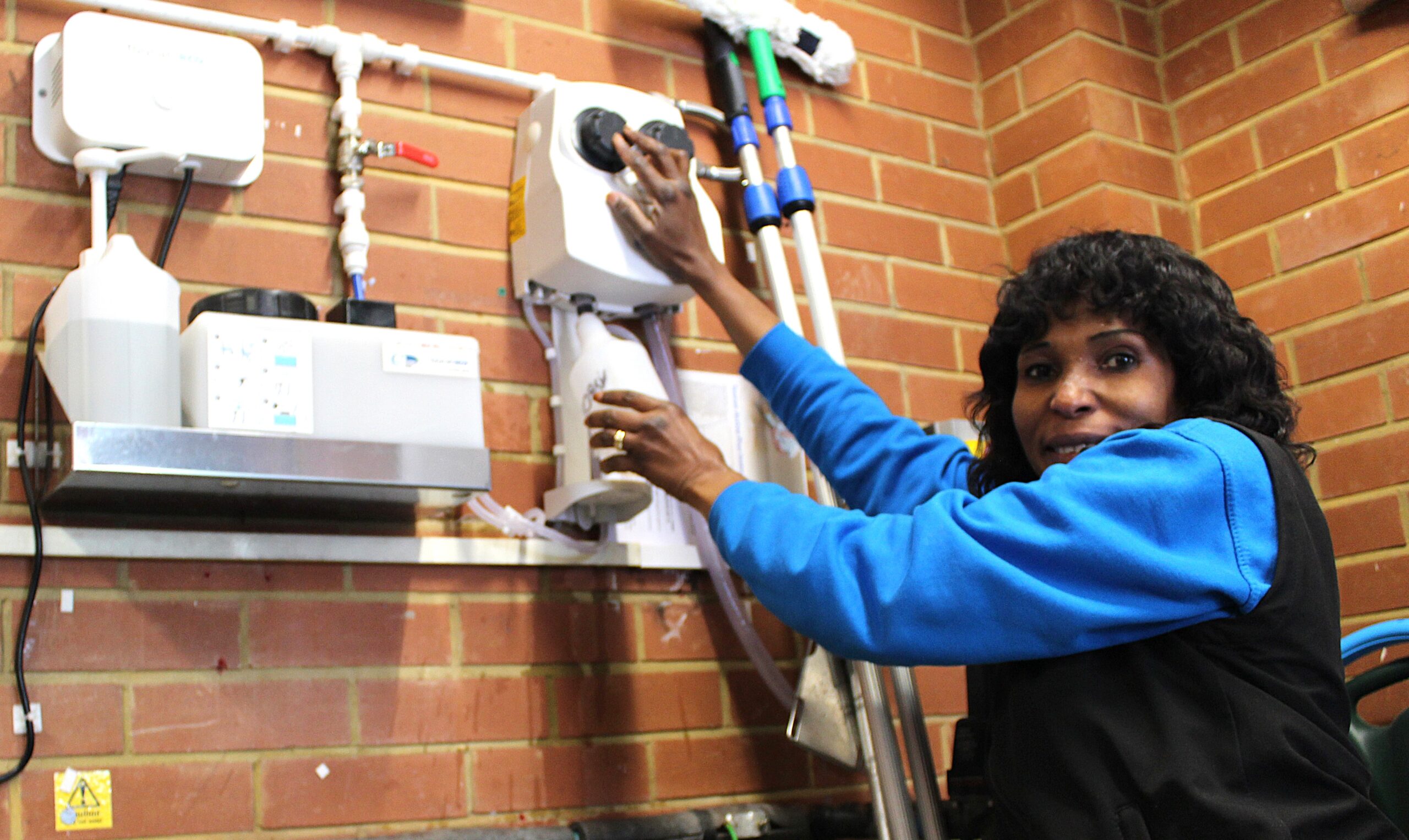News
2 Min Read
11 May 2022
Alex Gavrilovic explains how Covid19 changed our approach to cleaning

Cleaning used to be straightforward in office and retail environments. Companies cleaned surfaces using whatever products they thought were effective and cheap, and then used visual, subjective, methods of assessing what was clean. There was never a demand, or even an expectation to go beyond that.
Then, in response to growing environmental awareness and a desire for more sustainable, less dangerous chemicals, alternative products started to appear. Non-toxic, less harmful and with a neutral pH, these products solved one challenge, whilst not really addressing the question of whether these products actually worked, because quality and effectiveness were still being assessed subjectively.
Covid19 fundamentally changed this overnight, because cleaning became more about creating confidence for clients and reassurance for employees. Areas had to be technically, certifiably clean, not just visually clean.
At the start of the pandemic, a flurry of new “fogging” products emerged together with cleaning products claiming to counteract Covid and maintain surfaces Covid-free for periods of up to ninety days. Sadly, we found many of these claims were spurious. Q3 embarked on a programme to establish which of these new chemicals were working and which weren’t. To be sure, we test-trialled and measured their effectiveness using onsite ATP (adenosine triphosphate) device swab tests, to determine the subsequent bacteria count, post-clean. We then compared this against benchmarks for other environments to ensure the cleanliness meets safe acceptable standards for offices, washrooms, catering areas etc. From this, we were able to select the best-in-class chemical that could be used for all daily floor and surface cleaning.
Our cleaners now check and record the ATP count after each clean.
If you want to understand the efficacy of anti-bacterial cleaning products, you can’t do it by reading the label – you need to measure it and have the data evidence to back it up.
Extract from an article originally published by PfM Magazine in May 2022
 Channel Islands
Channel Islands


















